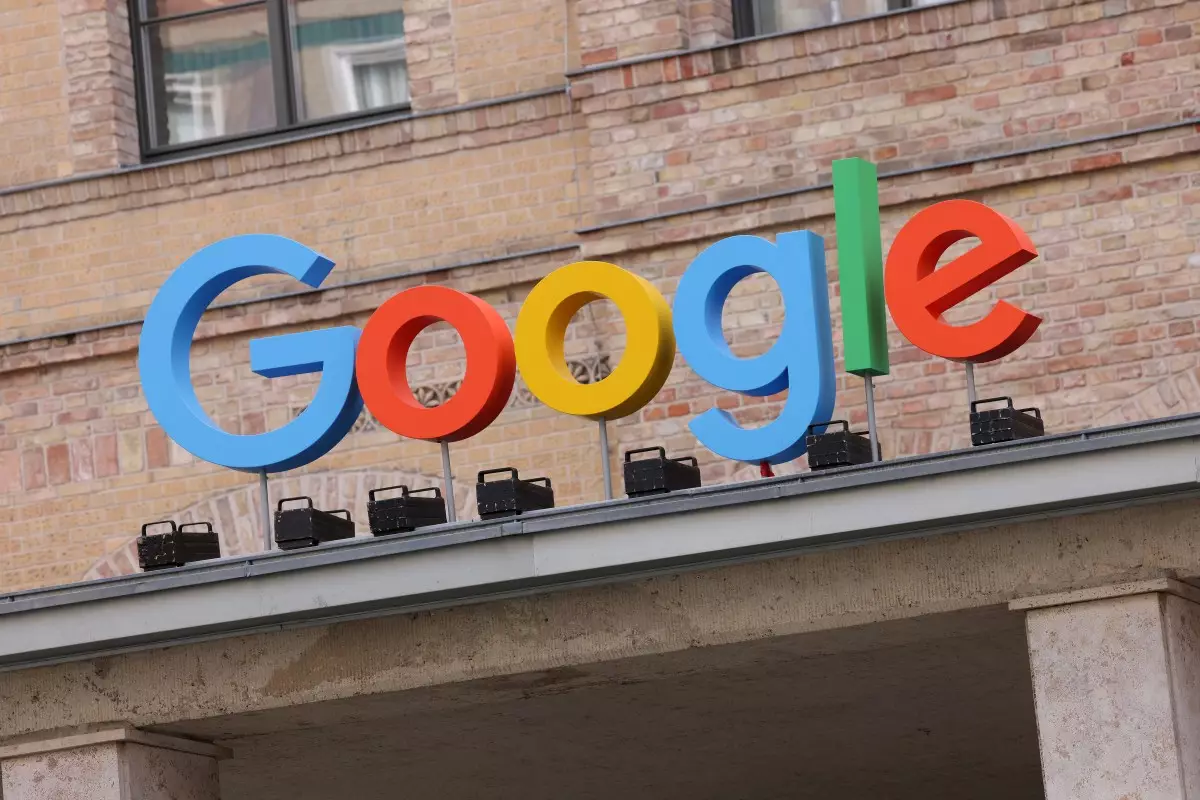Google’s announcement of their new AI-powered virtual try-on feature signals a pivotal shift in how consumers engage with online shopping. Unlike previous implementations that merely showcased models of diverse sizes, this innovation allows users to upload an image of themselves and virtually try on clothing tailored precisely to their body. This leap toward hyper-personalization is not just a gimmick; it’s a strategic move to bridge the gap between online and in-store experiences.
This feature empowers consumers to see how garments might look on their own bodies, fostering confidence in digital purchases. It transforms a traditionally abstract process—buying clothes online—into a more tangible, visual experience that previously only brick-and-mortar stores could realistically offer. The ability to save and share looks further integrates social elements into shopping, making it a more communal and engaging activity. Google’s focus on providing a seamless, user-centric interface indicates a deeper understanding that contemporary consumers crave authentic, personalized virtual experiences.
Innovation Driven by AI: The Future of Personal Style Curation
The AI underpinning Google’s new try-on feature is not a fleeting novelty but part of a broader strategy to harness generative AI for deeper stylistic engagement. The company’s experimental Doppl app exemplifies this trend—going beyond static images to generate videos of outfits on users, offering a dynamic, lifelike preview. This evolution signifies that future virtual try-on experiences will likely transcend simple fit visualization to encompass movement, fabric flow, and real-world aesthetics.
Such advancements pose bigger questions about authenticity and design literacy. Will AI-generated images eventually influence consumer tastes to an overwhelming degree? Will users become so accustomed to virtual try-ons that returning to physical stores seems archaic? The implications suggest a future where personalization is more than mere preference; it becomes an immersive, predictive journey that shapes how individuals discover and refine their style.
However, it’s critical to maintain a skeptical lens: these technologies, while impressive, risk amplifying superficial judgments rooted in appearance, potentially reinforcing narrow fashion standards. Google’s technological prowess must be balanced with a mindful approach that promotes diversity and body positivity, ensuring that innovation doesn’t inadvertently lead to homogenization of fashion or unrealistic beauty ideals.
Enhancing Shopping Efficiency with Smarter Price Alerts
Alongside the virtual try-on leap, Google’s upgraded price alert system exemplifies a shift toward smarter, hurdle-free online shopping. In an era of endless browsing, consumers often abandon carts or miss out on deals because they lack timely prompts. Google’s new feature addresses this by allowing users to set specific spending limits, preferred sizes, and colors, offering a granular level of control that was previously absent.
This development underscores a broader trend: shopping assistance that anticipates and simplifies consumer needs. As e-commerce giants leverage AI to analyze vast product data points across the web, the result is a more curated, efficient shopping process. Users no longer need to obsessively check prices or second-guess their purchases; instead, Google’s system becomes an invisible shopping assistant, ensuring they seize the best deals at the right moment.
Yet, one must remain critical of the potential over-reliance on algorithms. While price alerts are undoubtedly beneficial, they may diminish the thrill of bargaining or the discovery process inherent in shopping. Furthermore, privacy concerns surrounding data collection and personalized tracking remain pertinent, necessitating transparent policies.
A Glimpse into the Future: Style and Space in a Digital World
Looking ahead, Google’s plan to roll out features that enable users to generate outfit and room design ideas signals an expansion of AI from individual apparel to holistic lifestyle aesthetics. Employing their ‘vision match’ technology, Google aims to offer tailored suggestions rooted in an immense database of products—50 billion strong. This signifies a future where virtual environment design and personal styling are integrated into a single, AI-driven ecosystem.
Such innovation hints at a world where digital creativity replaces traditional brainstorming, turning inspiration into instantly visualized, customizable content. Whether it’s styling a chic dress for a garden party or redesigning a bedroom, AI-generated visuals could become the go-to resource for personal expression.
However, the reliance on algorithm-driven suggestions raises concerns about the loss of human touch and organic inspiration. Will these AI-generated options stifle unique, personal creativity? Or will they serve as catalysts for individuals to explore new aesthetic realms they might never have considered? The key lies in how these tools are integrated into the creative process—augmenting, not replacing, human judgment.
Google’s latest AI features signal a profound transformation in digital shopping and lifestyle planning, blending technological sophistication with an emphasis on personalized, seamless experiences. While these innovations are undeniably exciting, they also demand a cautious approach—one that prioritizes diversity, authenticity, and privacy amid rapidly advancing AI capabilities. The future of shopping is undeniably virtual, but it must remain rooted in genuine human connection and self-expression.

